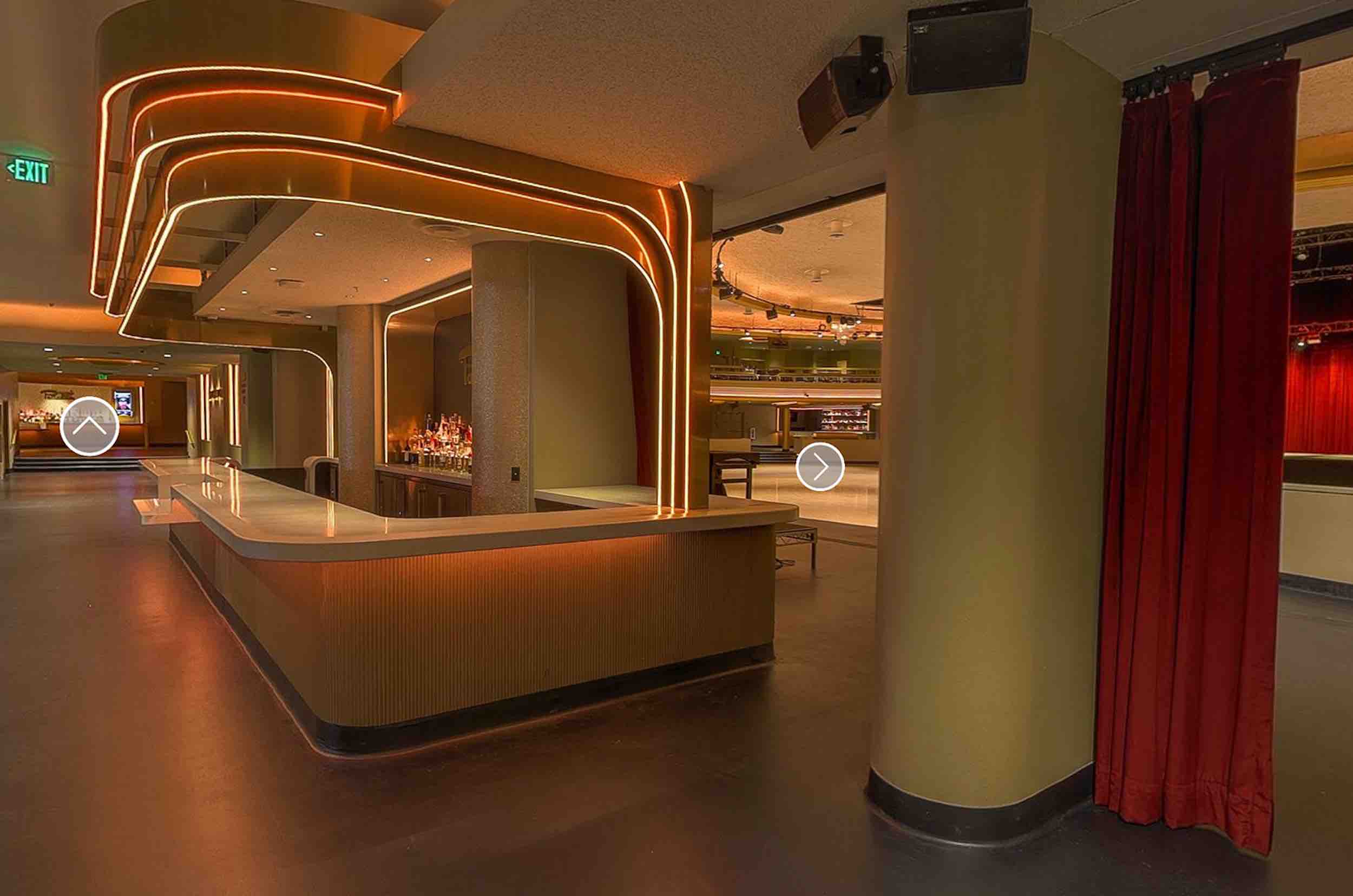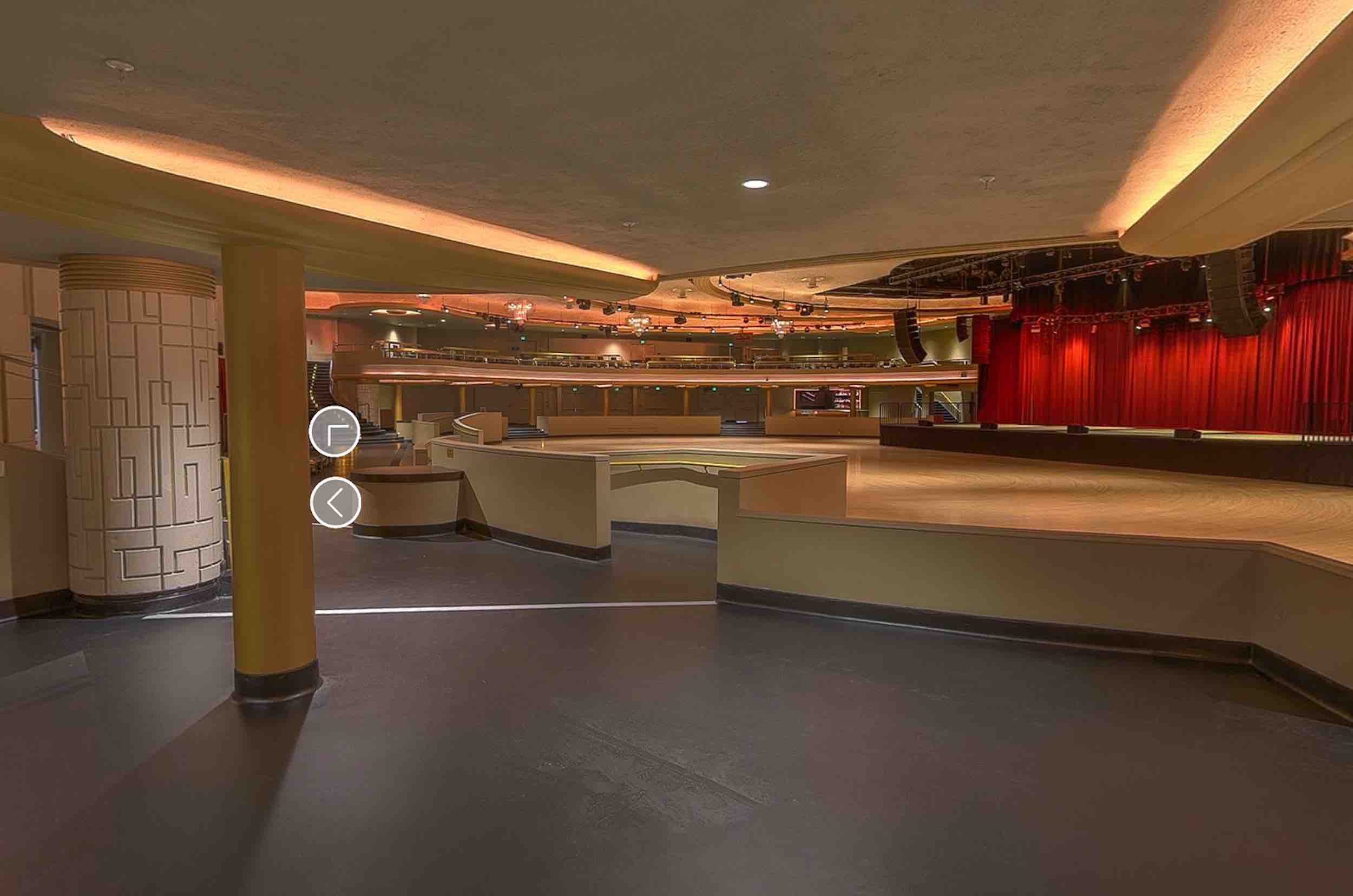Health science universities play a crucial role in training the next generation of healthcare professionals. As competition among universities increases, it’s important to find innovative ways to attract and retain students. One such way is through the use of 360 virtual tours. In this article, we’ll explore some new ideas and advice on using 360 virtual tours for health science universities.
Showcasing Facilities and Equipment
360 virtual tours allow universities to showcase their facilities and equipment in a way that traditional photos and videos cannot. With a 360 virtual tour, students can explore the campus and facilities from the comfort of their own homes, providing a more immersive and engaging experience. This can be particularly important for health science universities, where state-of-the-art facilities and equipment are essential for training future healthcare professionals.
Providing Insight into Curriculum
360 virtual tours can also provide insight into the curriculum and teaching methods of health science universities. By showcasing classrooms, labs, and lecture halls, students can get a better understanding of the learning environment and teaching style. This can help students make more informed decisions about which university is the best fit for their learning style and career goals.
Offering a Personalized Experience
360 virtual tours can also offer a personalized experience for prospective students. By using interactive features, such as hotspots and audio guides, universities can tailor the tour to the interests and needs of individual students. For example, a student interested in physical therapy can be directed to a virtual tour of the physical therapy lab and introduced to faculty members in that department.
Promoting Diversity and Inclusivity
Health science universities strive to create a diverse and inclusive environment that reflects the communities they serve. 360 virtual tours can help universities promote diversity and inclusivity by showcasing the diverse student body, faculty, and staff. This can help prospective students feel welcome and valued, and encourage them to choose a university that values diversity and inclusivity.
Supporting Recruitment Efforts
360 virtual tours can be a valuable tool for recruitment efforts, particularly in a post-pandemic world where in-person events may not be possible. By creating a high-quality virtual tour, universities can attract prospective students from all over the world and showcase their strengths and unique features. Additionally, virtual tours can be shared on social media and other online platforms, increasing the university’s visibility and reach.
Conclusion
360 virtual tours are a valuable tool for health science universities to attract and retain students. By showcasing facilities and equipment, providing insight into the curriculum, offering a personalized experience, promoting diversity and inclusivity, and supporting recruitment efforts, universities can create a more engaging and immersive experience for prospective students. As competition among universities continues to increase, 360 virtual tours can help health science universities stand out and attract the best and brightest students.







